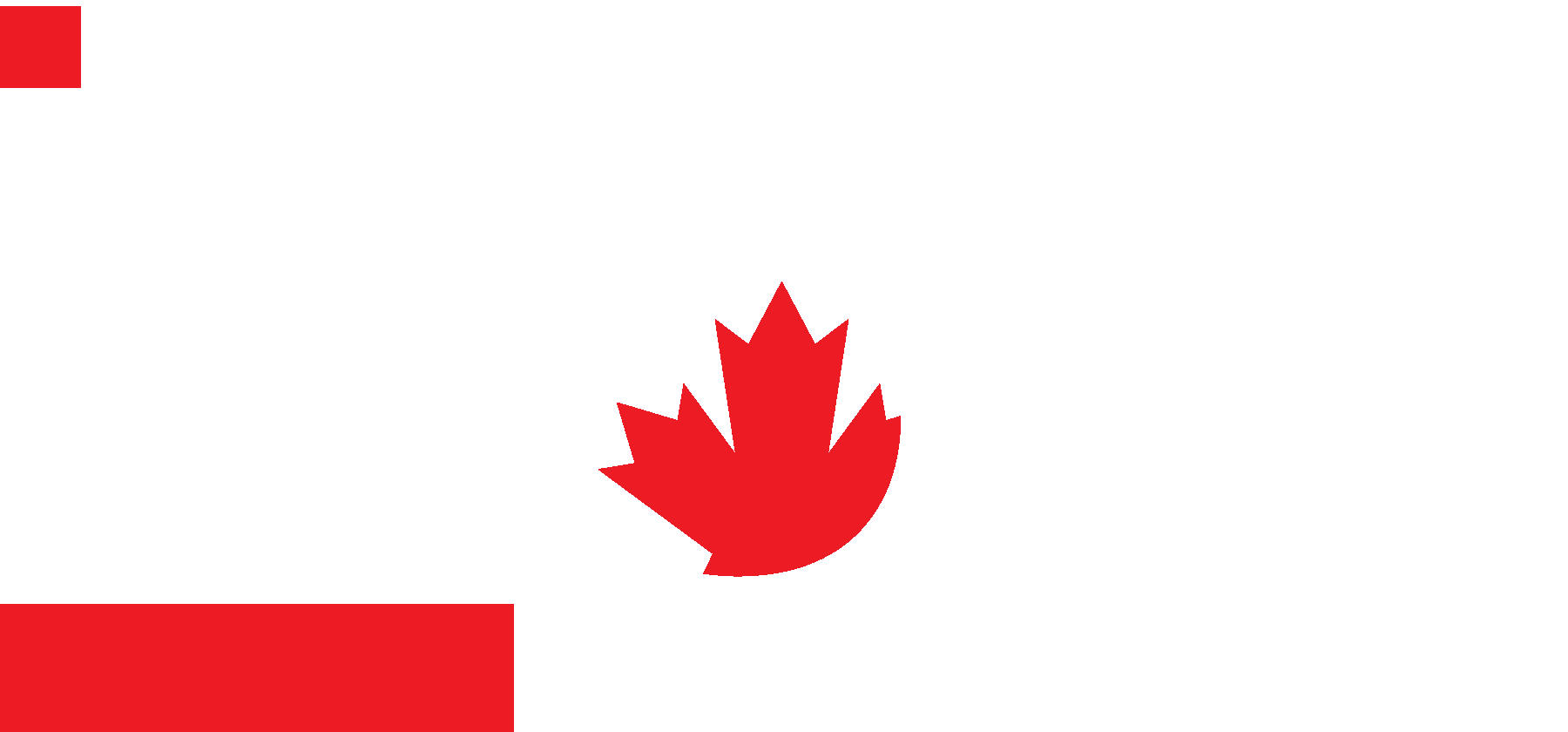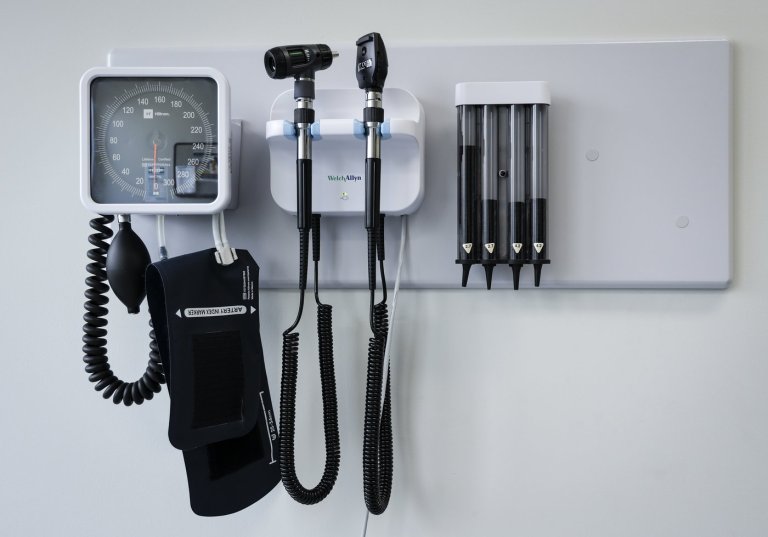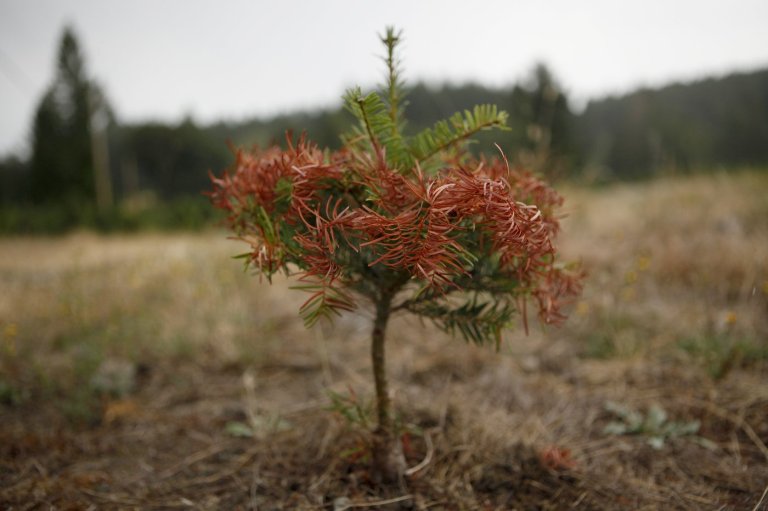
B.C. coroner’s panel report calls for action to reduce the risk of youth suicide
Youth at risk of suicide in B.C. are facing a strained health-care system, particularly in rural and remote communities, says a report commissioned by British Columbia’s chief coroner
The 70-page report by a death-review panel released Thursday says little progress has been made in understanding, recognizing and reducing the risk of youth suicide in the province.
It makes five recommendations including the creation of an “educational model” to ensure medical professionals are appropriately trained in early identification, assessment and followup of youth and young adults who are at higher risk of death by suicide.
Chief coroner Dr. Jatinder Baidwan convened a panel of experts in March to review the deaths of 435 people between the ages of 9 and 25 who died by suicide between Jan. 1, 2019, and Dec. 31, 2023.
It says 35 per cent had a history of self-harm and half of youth under 19 were involved with the Ministry of Children and Family Development in the year before they died.
The report says 21 per cent had a mental health or suicide related hospitalization in the year prior to death and just over half had a medical services plan billing for a mental health issue and or suicide attempt in the year before they died.
Panel chair Ryan Panton told a news conference Thursday that the rate of death among status First Nations, youth and young adults is four times higher than the provincial rate.
“The lack of appropriate understanding and response” also extends to underserved groups, including racialized communities and 2SLGBTQIA+ youth, he said.
Panton said the situation is further compounded “by a health-care system that is strained and unable to provide equitable access to mental and physical health resources,” especially in rural and remote communities.
“It must be unequivocally stated that being Indigenous or gender diverse or living in a community outside of B.C.’s urban centres is not a risk factor for suicide,” he said.
“Rather, it is challenges related to the support and response offered to these communities that create the risk they encounter.”
He said while a high number of youth see a medical health professional in the year before they die, “the panel acknowledged that these engagements often occurred in emergency room settings where time for assessment can be extremely limited.”
B.C. government social workers experience high turnover and burnout rates for new staff, he said, “many of whom are not considerably older than the youth they encounter.”
“As social workers represent first points of contact in connection with at-risk youth, it’s imperative that they are appropriately equipped to offer the support young people need, while also being professionally supported themselves,” Panton said.
The report also calls for better data collection and a review of existing resources for students in B.C.
“Systems that have traditionally been viewed as wholly protective of the mental and physical health of young people, such as the K-12 education system, may actually pose significant risk to many,” the report says.
Panton told reporters the panel discussions focused on the structure of the school system, its roots in colonialization, and how it could be a source of unintended trauma for Indigenous young people.
The report says the province should implement a provincial suicide-risk-reduction framework specifically focused on youth and young adults and create spaces for young people to connect.
“For many young people at risk of death by suicide, there is a concurrent lack of stability in their home lives,” Panton said.
“Communal spaces are limited for many young people, particularly, but not exclusively, those in rural and remote communities.”
He said places owned or leased by provincial or municipal governments could be reimagined to safe spaces for young people.
Baidwan told the news conference that some of the recommendations are very similar to those made in the past.
He said he plans to follow up periodically with the ministries and the agencies responsible to track progress, rather than wait the standard five years.
“We speak for those who have died and can no longer speak for themselves. And to that end, it is incumbent on me to ensure that recommendations are helping reduce future deaths in similar circumstances,” he said.
The death review says suicide is the second most prevalent cause of death among children and youth in B.C., and the third most common cause among young adults aged 19 to 29 years.
The report says B.C.’s rates for both males and females are lower than the prairie provinces but slightly higher than Ontario and Quebec
“While the number of young lives lost to suicide in British Columbia has remained relatively unchanged over the last several years, little progress has been made in terms of understanding, recognizing and reducing risk,” it says.
This report by The Canadian Press was first published Oct. 15, 2025
Join the Conversation!
Want to share your thoughts, add context, or connect with others in your community?
You must be logged in to post a comment.



















